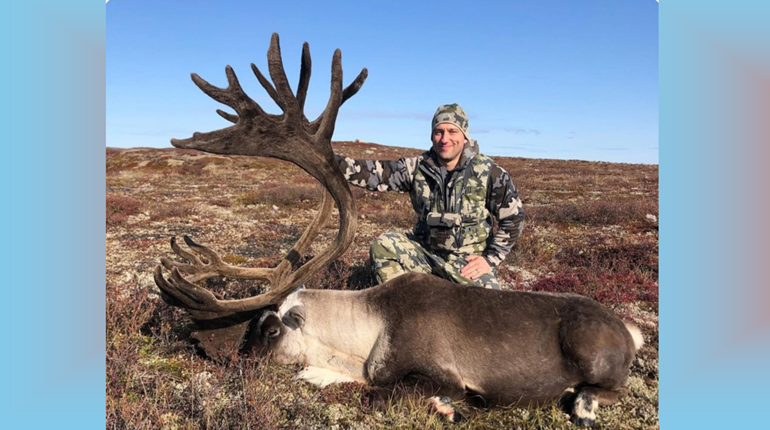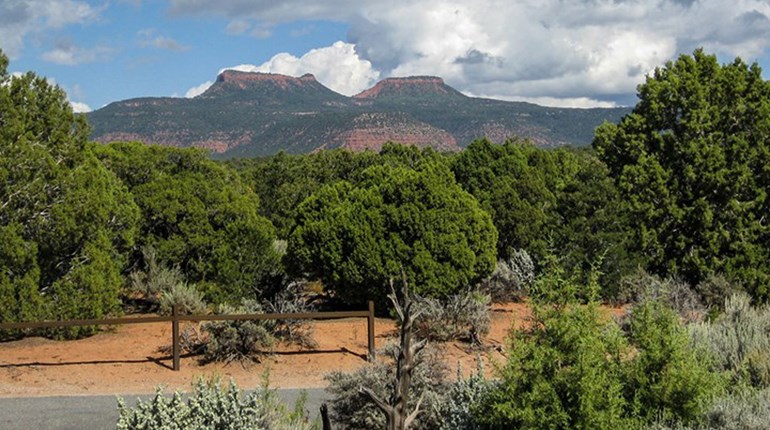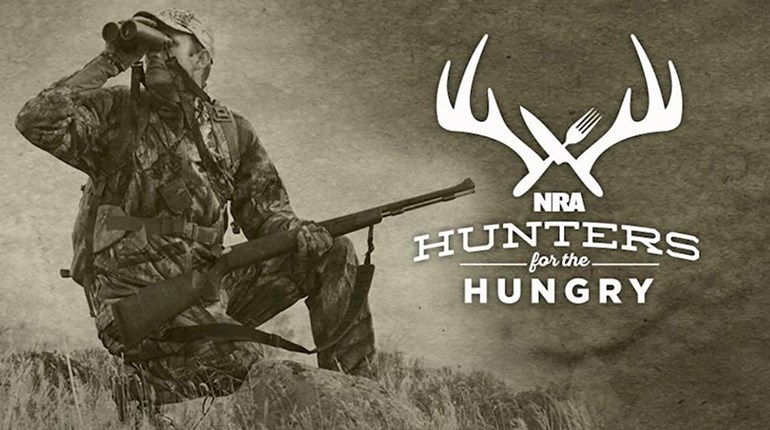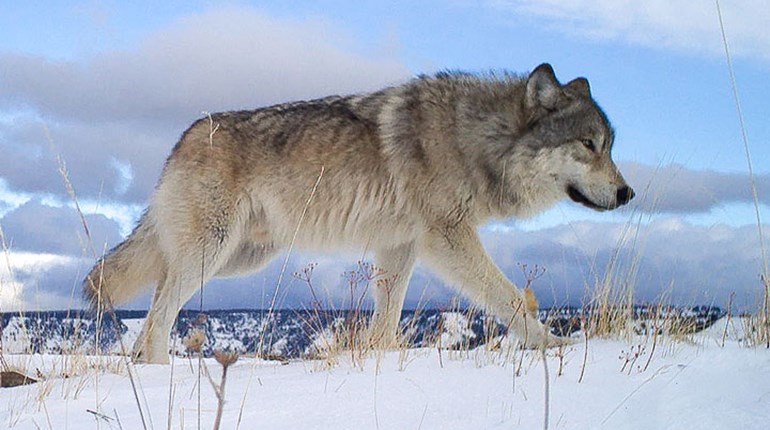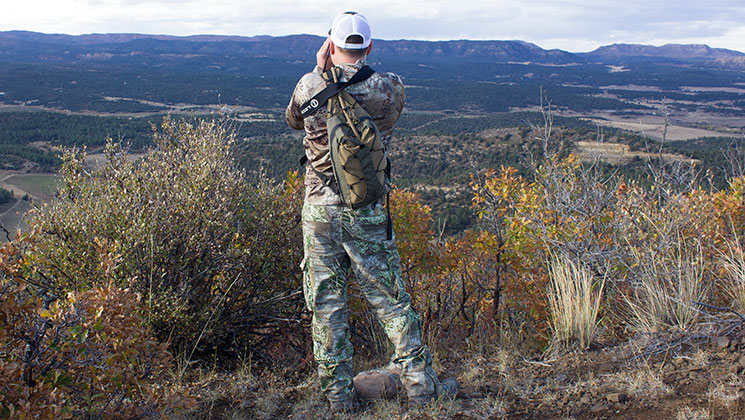
Thanks to American hunters and anglers, $1.1 billion is being distributed to state wildlife agencies in 2016 specifically for conservation, outdoor recreation and job creation, according to a U.S. Fish and Wildlife Service (USFWS) announcement earlier this month. The funds come from the 11 percent excise taxes outdoorsmen pay on firearms, bows, ammunition, fishing tackle, boat gear and small-engine fuel through the Pittman-Robertson Wildlife Restoration Act (1937) and the Dingell-Johnson Sport Fish Restoration Act (1950). The two acts specifically provide for 75 percent of the costs of state fish-and-wildlife agency research, management, habitat acquisition and improvement, public access facilities, law enforcement and hunter education programs.
While it is fitting that we hunters and fishermen help to sustain fish and wildlife and the agencies that manage them, what is often overlooked is that we foot the bill for everyone who enjoys America's natural resources. So while it's great for sportsmen to realize where their money goes, it's just as important to get the word out to those who do not hunt or fish. If you know a wildlife photographer, bird-watcher, hiker or anyone else who enjoys the outdoors who does not hunt or fish, explain that the whitetail buck, bull elk or wild turkey they're zooming in on with their binocular or camera was brought back from the brink in the last century by sportsmen who paid to reintroduce and rebuld these native species and their habitats.
In case you are wondering, Pittman-Robertson and Dingell-Johnson Act funds are administered by the USFWS' Wildlife and Sport Fish Restoration (WSFR) program. Since 1937, the program has distributed more than $18 billion for critical state conservation and recreation project funding. The given agencies have matched these funds with more than $5 billion through the years, primarily through hunting and fishing license revenues. Our money has purchased four million-plus acres of habitat with an additional 40 million acres managed in conjunction with private landowners. And we certainly stimulate the economy considering we spend over $10 billion on equipment and supplies alone each year.
As for how your state stacks up in the annual payout of WSFR funds, here is the list for 2016, which, fittingly was announced at the 2016 Bassmaster Classic in Oklahoma. The 56 agencies cover the 50 U.S. states, the District of Columbia and five U.S. territories—American Samoa, Guam, North Mariana Islands, Puerto Rico and the Virgin Islands.
• ALABAMA: $23,718,703
• ALASKA: $47,586,623
• AMERICAN SAMOA: $2,362,119
• ARIZONA: $24,644,624
• ARKANSAS: $17,320,400
• CALIFORNIA: $40,967,015
• COLORADO: $25,831,596
• CONNECTICUT: $8,649,355
• DELAWARE: $7,739,248
• DISTRICT OF COLUMBIA: $1,203,590
• FLORIDA: $24,334,773
• GEORGIA: $27,207,376
• GUAM: $2,362,119
• HAWAII: $7,739,248
• IDAHO: $19,708,428
• ILLINOIS: $21,372,688
• INDIANA: $16,597,324
• IOWA: $14,631,027
• KANSAS: $17,977,488
• KENTUCKY: $17,880,443
• LOUISIANA: $20,788,227
• MAINE: $10,773,349
• MARYLAND: $10,353,489
• MASSACHUSETTS: $10,350,805
• MICHIGAN: $33,887,394
• MINNESOTA: $33,622,305
• MISSISSIPPI: $14,939,093
• MISSOURI: $26,655,753
• MONTANA: $27,130,333
• N. MARIANA ISLANDS: $2,362,119
• NEBRASKA: $15,723,845
• NEVADA: $17,450,349
• NEW HAMPSHIRE: $7,739,248
• NEW JERSEY: $10,350,805
• NEW MEXICO: $19,992,520
• NEW YORK: $25,874,984
• NORTH CAROLINA: $29,116,106
• NORTH DAKOTA: $14,318,790
• OHIO: $21,788,279
• OKLAHOMA: $23,195,467
• OREGON: $23,555,083
• PENNSYLVANIA: $33,664,721
• PUERTO RICO: $6,651,099
• RHODE ISLAND: $7,739,248
• SOUTH CAROLINA: $14,381,362
• SOUTH DAKOTA: $16,579,466
• TENNESSEE: $28,296,474
• TEXAS: $50,198,179
• UTAH: $19,097,258
• VERMONT: $7,739,248
• VIRGIN ISLANDS: $2,362,513
• VIRGINIA: $17,720,039
• WASHINGTON: $20,512,086
• WEST VIRGINIA: $10,924,878
• WISCONSIN: $32,837,049
• WYOMING: $17,712,642
“We are proud to support our state wildlife conservation agencies,” said Hannibal Bolton, Assistant Director of the Service’s WSFR program. “Funding from the Pittman Robertson/Dingell-Johnson program will help states protect and conserve our nation’s environmental legacy for generations to come.”
For examples of sportsmen's money in action, here are just a few projects currently funded by the Pittman-Robertson and Dingell-Johnson Acts: (1) the Arkansas Game and Fish Commission’s renovation of 11 wildlife management areas to create and restore more than 1,300 acres of waterfowl habitat; and (2) the North Carolina Wildlife Resources Commission’s partnership with North Carolina State University to study black bear populations; and (3) the Texas Parks and Wildlife Department’s aquatic education grant to train and retain a network of 500 volunteers to teach angler-education programs.
For some extra background, as a lifelong bowhunter I'm proud to say that Pittman-Robertson has been amended twice: in 1972 to include an 11 percent tax on bows, arrows and accessories, and in 1984 to include a tax on crossbolts. As a hunter and fisherman, its good to know that at least one of the taxes I'm paying is actually still being set aside for what it is intended to do: to conserve and protect the wildlife, fish and habitat we all enjoy.












